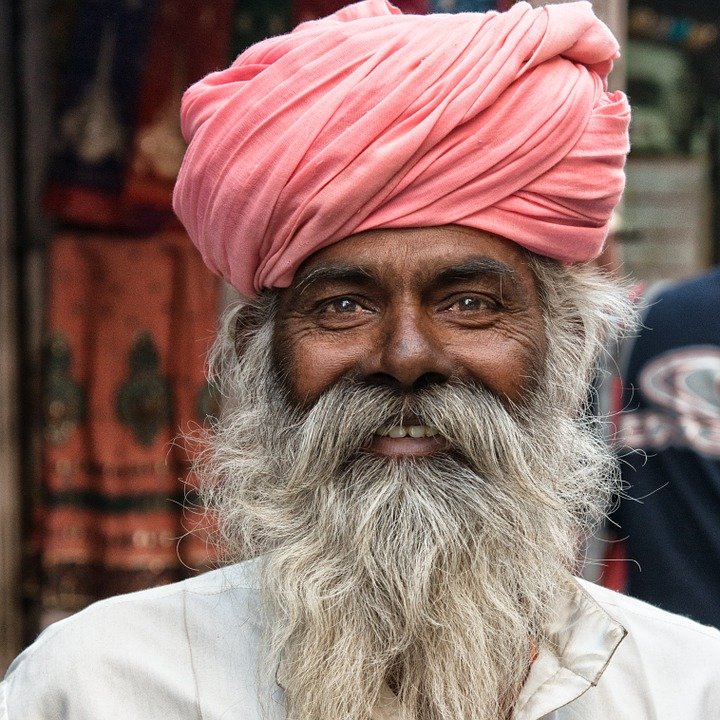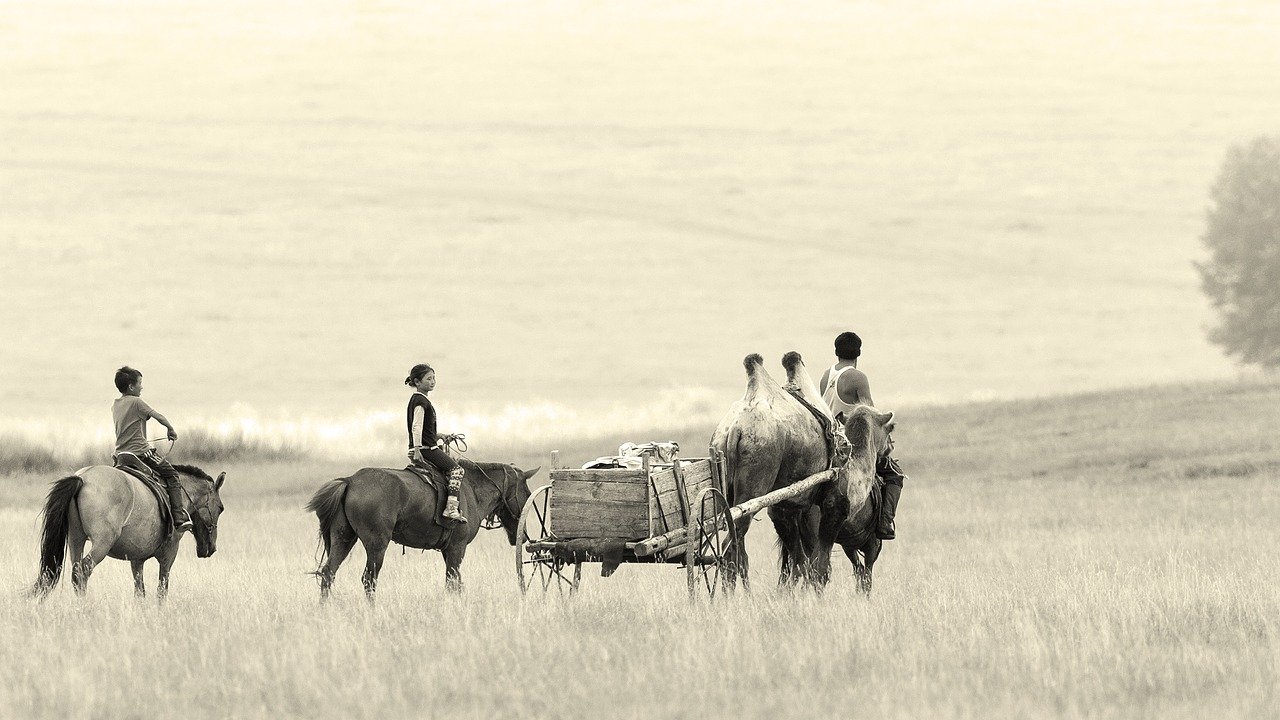The way to greet and make the other feel at home varies according to the culture they belong to. Knowing how to respond to a welcome gesture is the best way to get in touch with a new context, even if you don’t know language and traditions. Follow us on this journey of the most curious ways to say “hello”.

Source: Pixabay
1 NEW ZELAND
The traditional Maori greeting involves pressing the nose and forehead at the same time against those of the other person, sharing their vital breath (and therefore the soul).
2 JAPAN

Source: Pixabay
Here the rei, a bow that is at the same time greeting, thanksgiving, and social obligation, takes on different forms, each with its respective angles and durations. The 15-degree eshaku is used for informal greetings and congratulations; the keirei, of 30 degrees, is reserved for those who are on a higher rung of the social ladder (like their own boss); the saikeirei, a bow at 45 degrees, is used in front of personalities such as the emperor, or to be forgiven for a serious lack.
3 PHILIPPINES
In the culture of the Southeast Asian country an alternative version of the hand kiss is in use, the Mano Po or Pagmamano, to be reserved as a greeting and a sign of respect for the elderly. After asking for permission, he approaches his forehead to the recipient’s hand, pressing it against it, as if to accept a blessing.
4 KENYA

Source: Pixabay
The Masai reserve a welcome dance called Adamu for newcomers, which also includes a challenge to those who jump higher. Around the world at a dance pace.
5 FRANCE
Here greetings between friends generally take place not with two, but with three kisses (much however depends on the regions). Even in Belgium, the Netherlands, Serbia and Ukraine people often greet each other like this.
6 INDIA

Source: Pixabay
Here you may hear “Namasté”, while your interlocutor joins the palms of his hands at chest height, bowing his head slightly. Literally it means: “I bow to the divine qualities that are in you”, or “The spirit that is in me recognizes the spirit that is in you”.
7 THAILAND
Even the Wai, the traditional Thai greeting which is at the same time a show of respect, is done by joining the hands at the height of the chest, chin, or forehead. The greater the age or social difference between the two people, the deeper the bow that accompanies the greeting, the higher the position of the hands to hold.
8 MONGOLIA

Source: Pixabay
In some areas of the country – and of Tibet – an ancient welcome rite is still in use which involves the gift, to the newcomer, of a silk scarf called Hada or Khata, usually white or yellow. Symbol of respect and purity of the giver, it should be greeted with a slight bow.
9 TIBET
Tibetans briefly display the language as a sign of respect, to prove that they are not the reincarnation of an evil ninth-century ruler, Lang Darma, known for his black tongue. This gesture is also used to express agreement with another person.
10 BOTSWANA

Source: Pixabay
Here the etiquette of the salutation involves a series of more complex steps: the right arm is extended while the left-hand touches the right elbow; the hands are intertwined with those of the other starting from the thumb, and then reaching the palm, and then it returns to the original position. If you can, you can say: Lae kae ?, “how are you”?
11 TUVALU
In the Polynesian archipelago, you greet each other by pressing your face on the cheeks against those of the other, and inhaling deeply, as if to smell it.
12 MALAYSIA
Here you touch the interlocutor’s fingers with both palms, and then you bring your hands to your heart.
